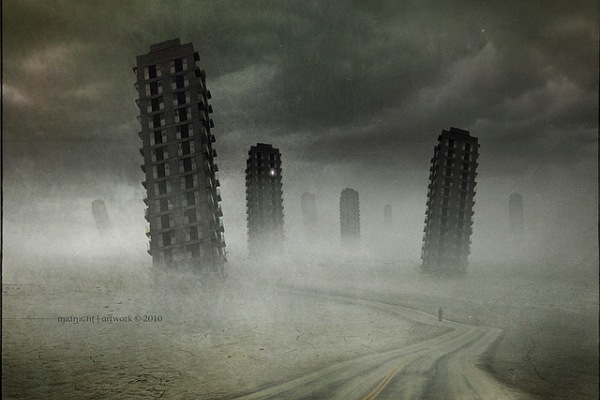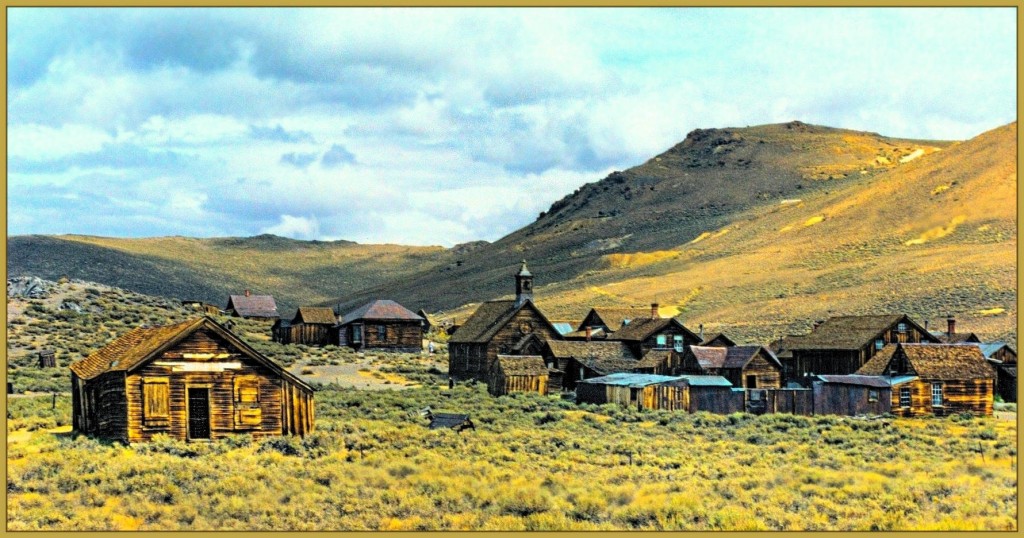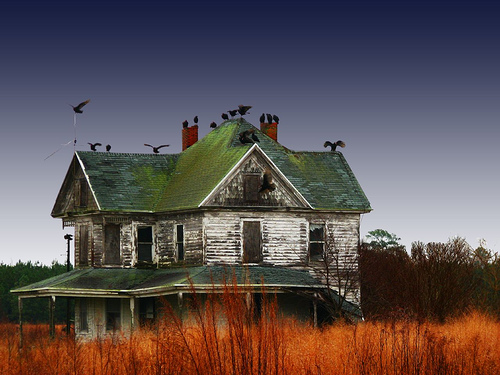You are assigned to construct an outline for the short story that you will compose throughout this quarter. The outline will include a list/summary of: A. Setting B. Protagonist C. Antagonist D. Conflict E. Theme Your story summary is due next class. Remember that you will be able to modify and change any part of your story during its construction. The intent of the summary is to get you to plan for the developments that will make your story and original and captivating tale worth telling |
Eudora Welty said, “Every story would be another story, and unrecognizable if it took up its characters and plot and happened somewhere else… Fiction depends for its life on place. Place is the crossroads of circumstance, the proving ground of, What happened? Who’s here? Who’s coming?…”
Writers describe the world they know. Sights, sounds, colors, and textures are all vividly painted in words as an artist paints images on canvas. A writer imagines a story to be happening in a place that is rooted in his or her mind. The location of a story’s actions, along with the time in which it occurs, is the setting.
How do you choose the setting for your novel? Consider the following points:
Will your story work if you set it in your own back yard? If so, do it. No one knows the old home town like you do.
If some aspect of your story requires a setting outside of your immediate area of expertise, you have no choice but to place the story in that setting. The next step is to research the area as thoroughly as your time and budget allow. Hit the library. Try the children’s section for good pictures of the area. Go to the bookstore and purchase a travel guide. Call the tourist sites listed and quiz the lucky person who answers the phone. Use an almanac and check the typical weather patterns for the area. Interview someone who’s recently been to or lived in your target spot. If possible, have someone who’s lived there read the finished book.
Try making up a town. You can set the place in the part of the country you need it to be in to fit with your story, but no one will be able to tell you Main Street does not run north and south, because it’s your town. This doesn’t mean you can be inconsistent. If you’ve made up a town, you’ll have to remember where you’ve put the drug store and what the streets are called. If the town is in South Carolina, you’d better know where, what the area looks like and what the weather patterns are.
Once you choose, or create, your setting, make the most of it. Use that setting to enhance the rest of the story in as many ways as you can manage.
Use the setting to put a backbone into the story. The setting can bring unity to a story with many sub-plots, viewpoints or themes. A physical description of the familiar backdrop of setting will reassure the reader there is one constant in the book
The setting can advance the plot. By focusing on changes in the setting, the plot can move forward. For instance, a tornado blows down the heroine’s house, forcing her to move in with her brother and his roommate–the man she’s never stopped loving.
Setting can enhance tension by darkening the mood of the story(it was a dark and stormy night), introducing a threatening element(oh no, the stairs to the basement have just collapsed), creating a mystery(is the house really haunted?), overturning previous character expectations(she wasn’t the typical southern belle) or demanding immediate action on the part of a character(there’s a mud slide on the way, we’d better get off this hill).
Setting can affect character. Where we live shapes who we are. Different areas of the country have different dialects, viewpoints and expectations. Different countries and time periods even more so. For an example, look at the western–whether the novel is set in the present or the past, the characters are influenced by the western setting. The reader expects a certain type of character within that setting. Even if you go against type and create a character opposite of what is usually found there, the difference itself characterizes. Why is that person different than everyone else in a particular setting? There must be a reason, and that reason should be a prime focus in your characterization. The setting can affect a change upon a character. This is often illustrated in the works of Jack London–classics of the man against nature theme. The central character grows, changes and evolves as he grapples with nature.
Setting can help shape your story idea. Many writers start with a setting they like and advance from there. For instance, an interest in Alaska would lead to research on that state. For an historical writer that research could lead to the most volatile period in recent history, the gold rush. From there, the writer can do more research and discover countless plots to set during that period.
Setting can create atmosphere and mood. From the very outset of your novel, use the setting to clue the reader into the atmosphere for each scene. Gothic novels are very good at using setting to create a certain mood. Use a bright, cheery setting to set a happy mood, or to contrast the deep secrets within your tortured hero. The atmosphere you create at the outset can be a unifying strand throughout the middle of your book and straight into the ending. The final mood you leave with your reader should stay with them after they’ve closed the book.
Above all remember, the setting should enhance, not inhabit, your story. In other words, don’t wax poetic on the beauty of a tree unless someone’s going to be hung from the branches of said tree real soon. Your setting should be chosen for a reason and expanded upon for a reason. If done right, setting can be a valuable asset to your narrative and not just a place where your characters dwell.





